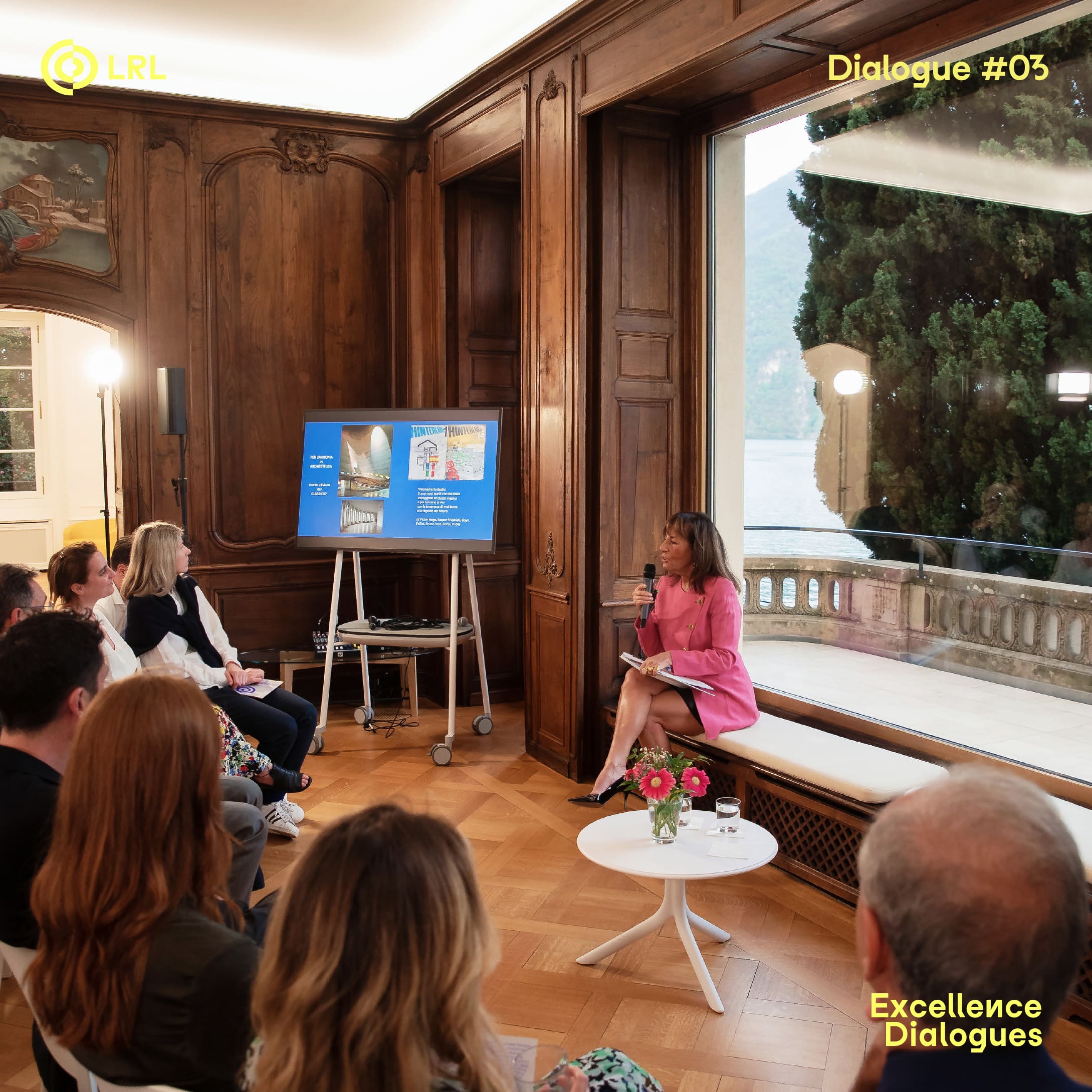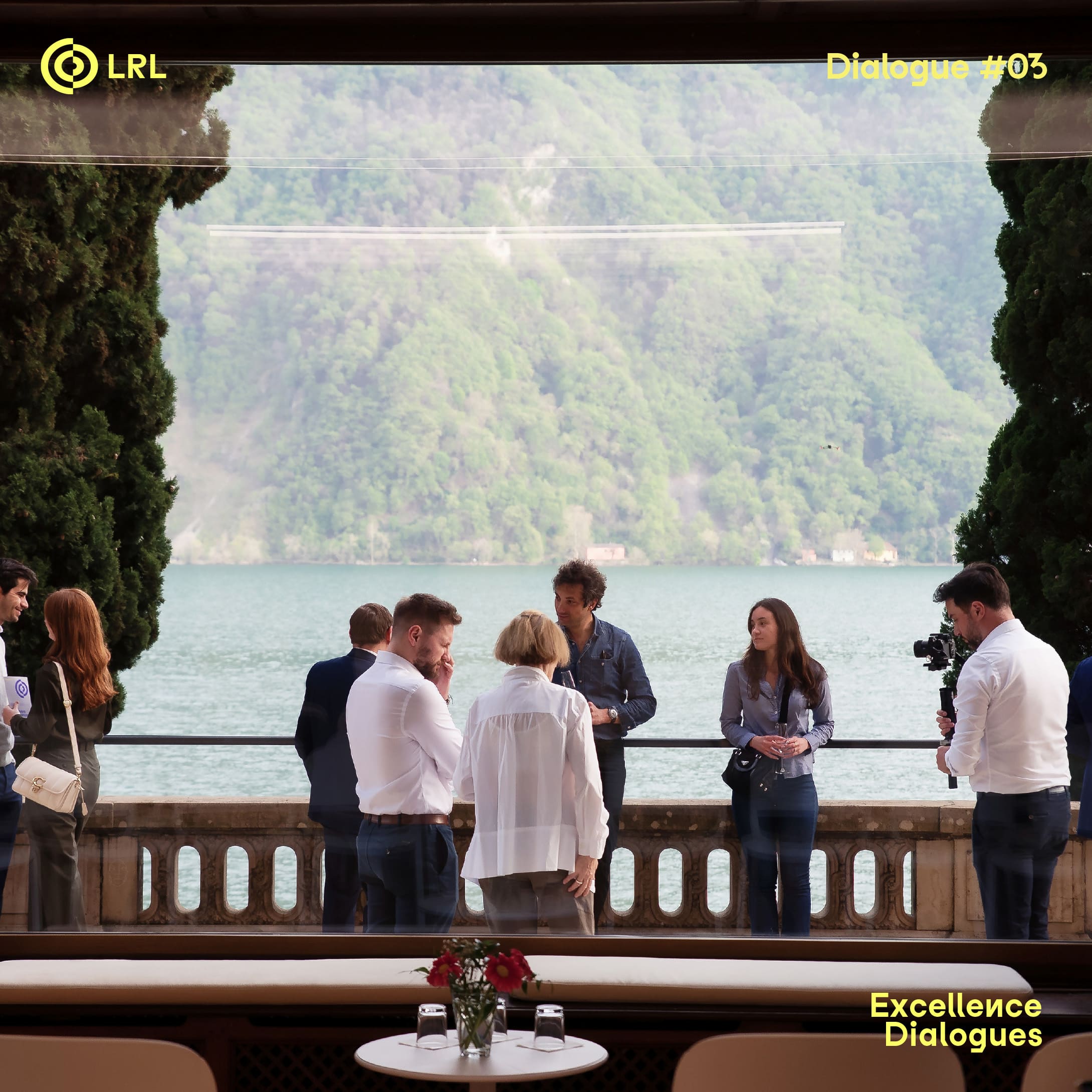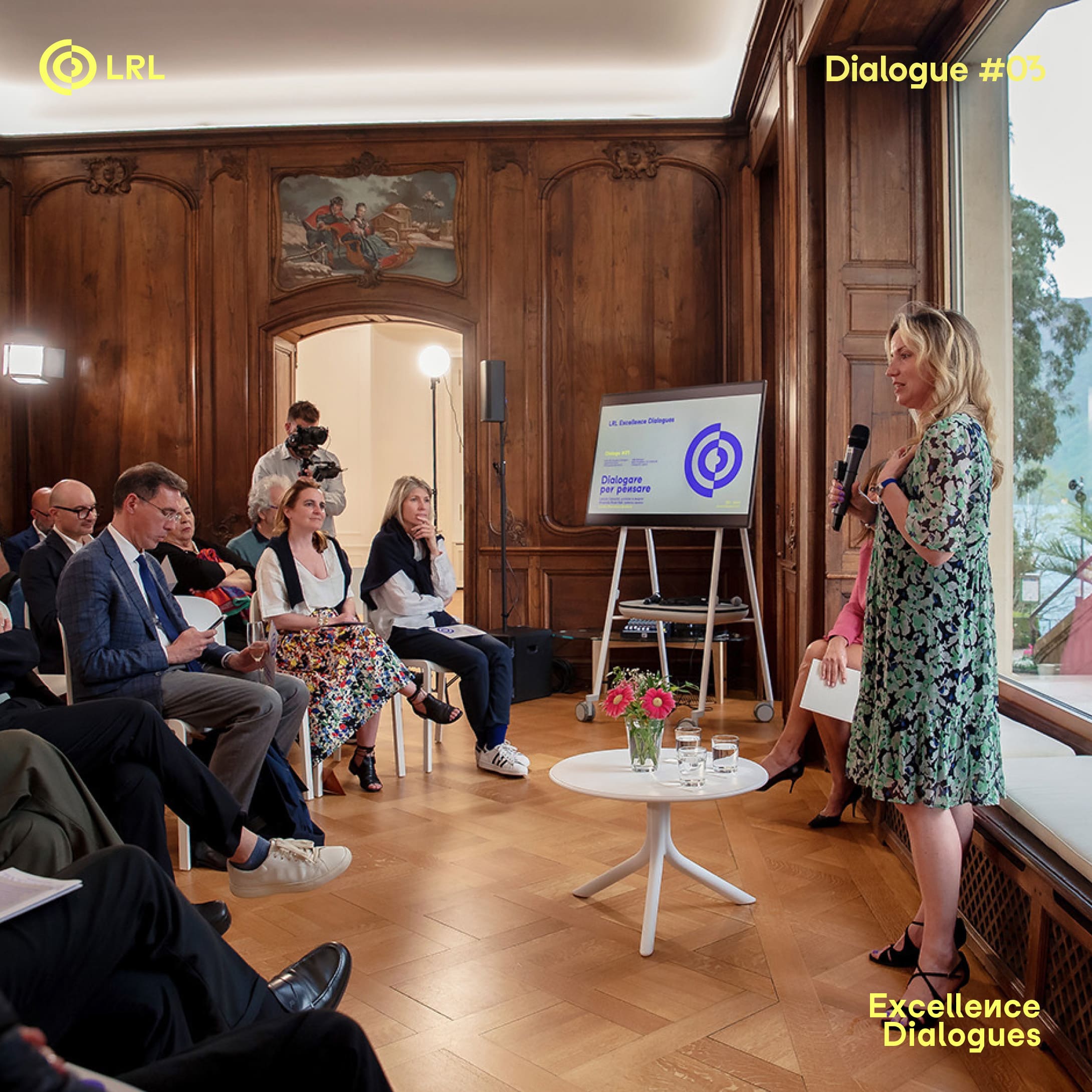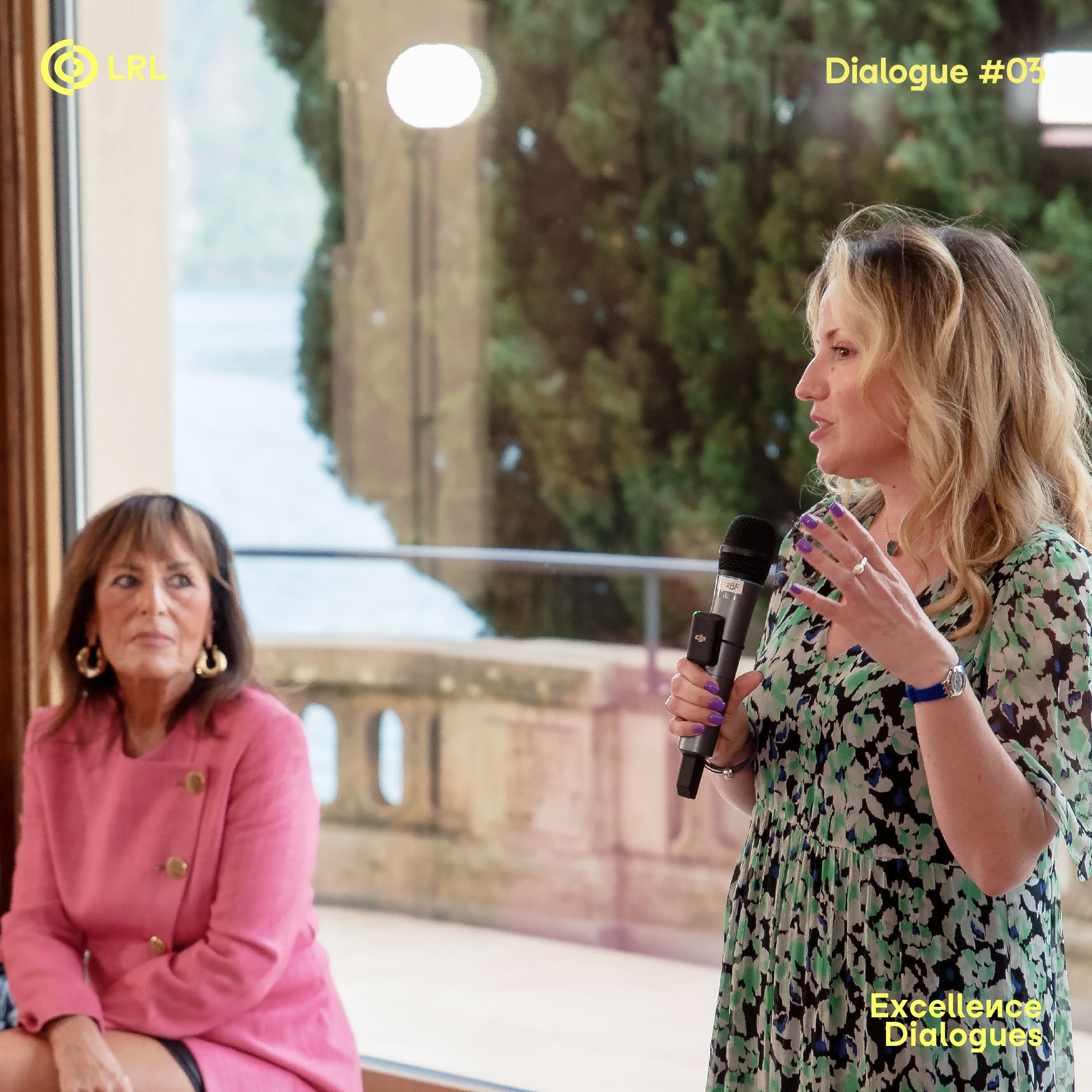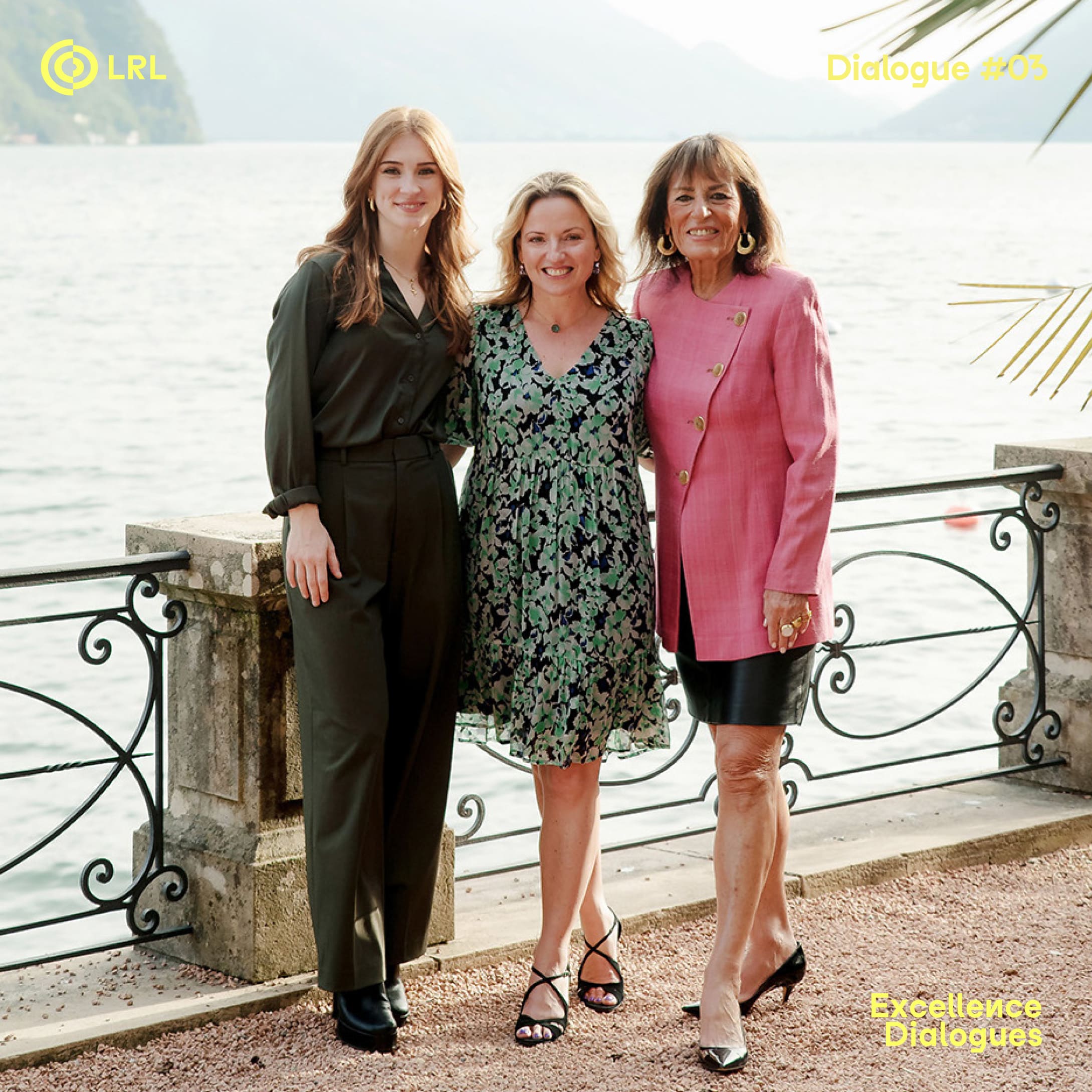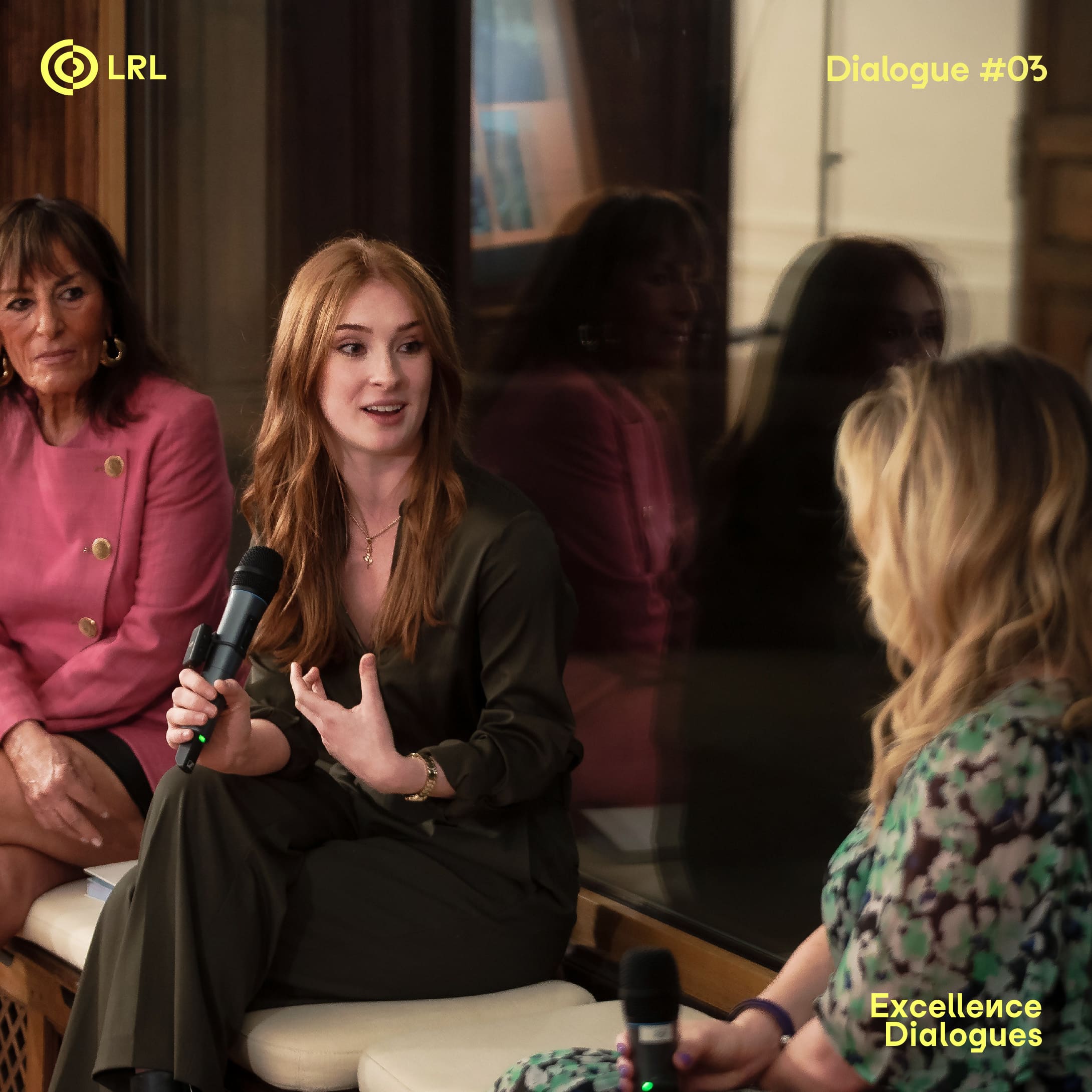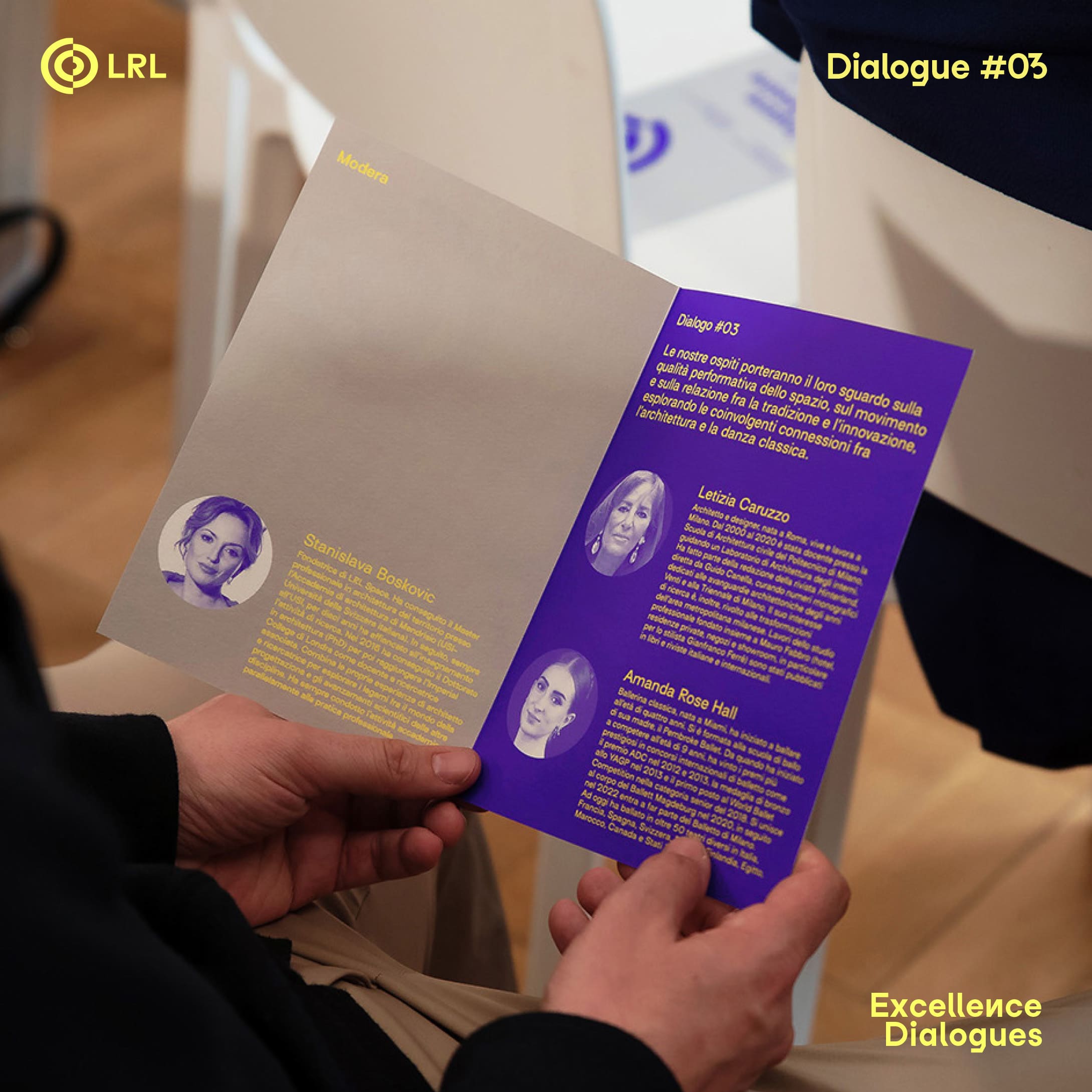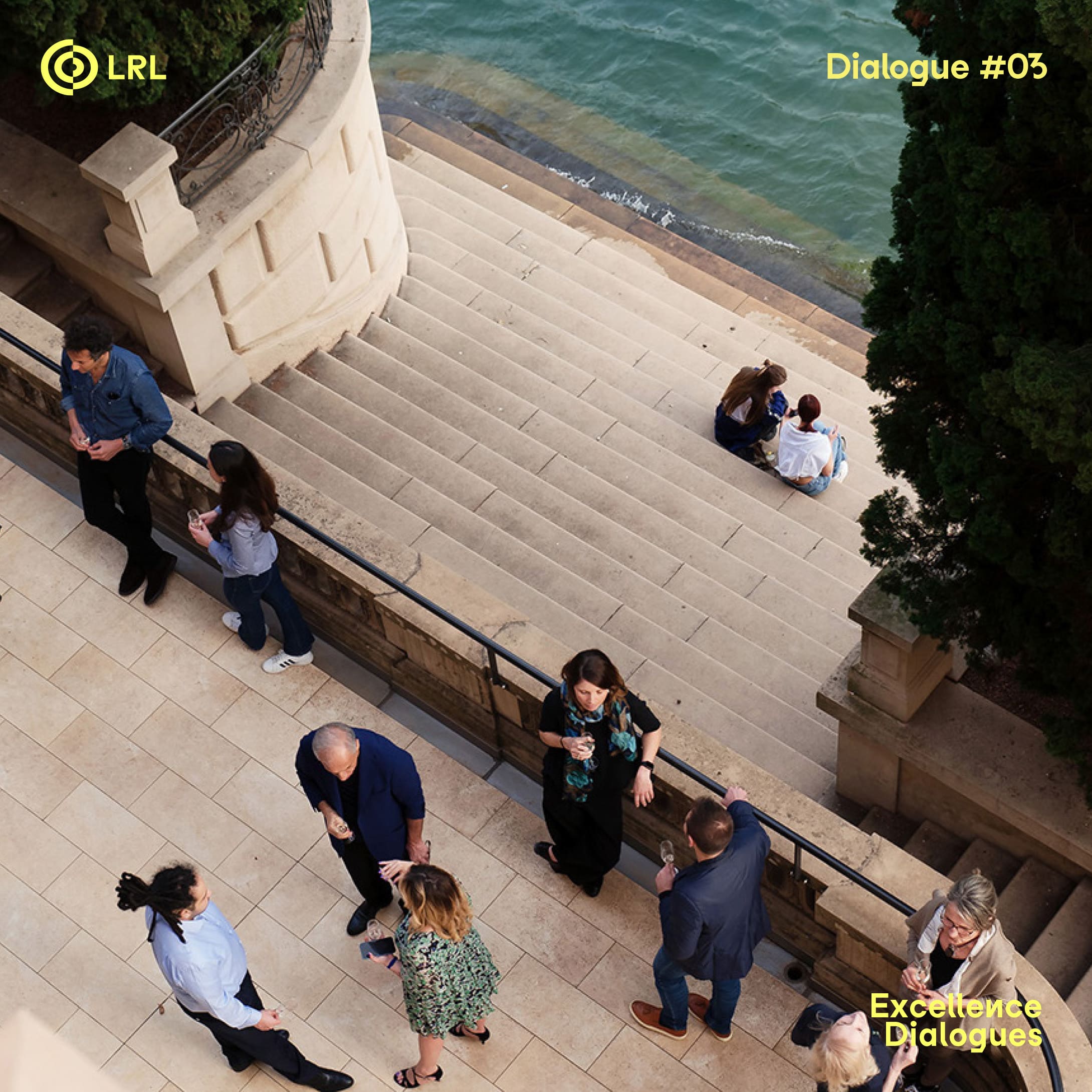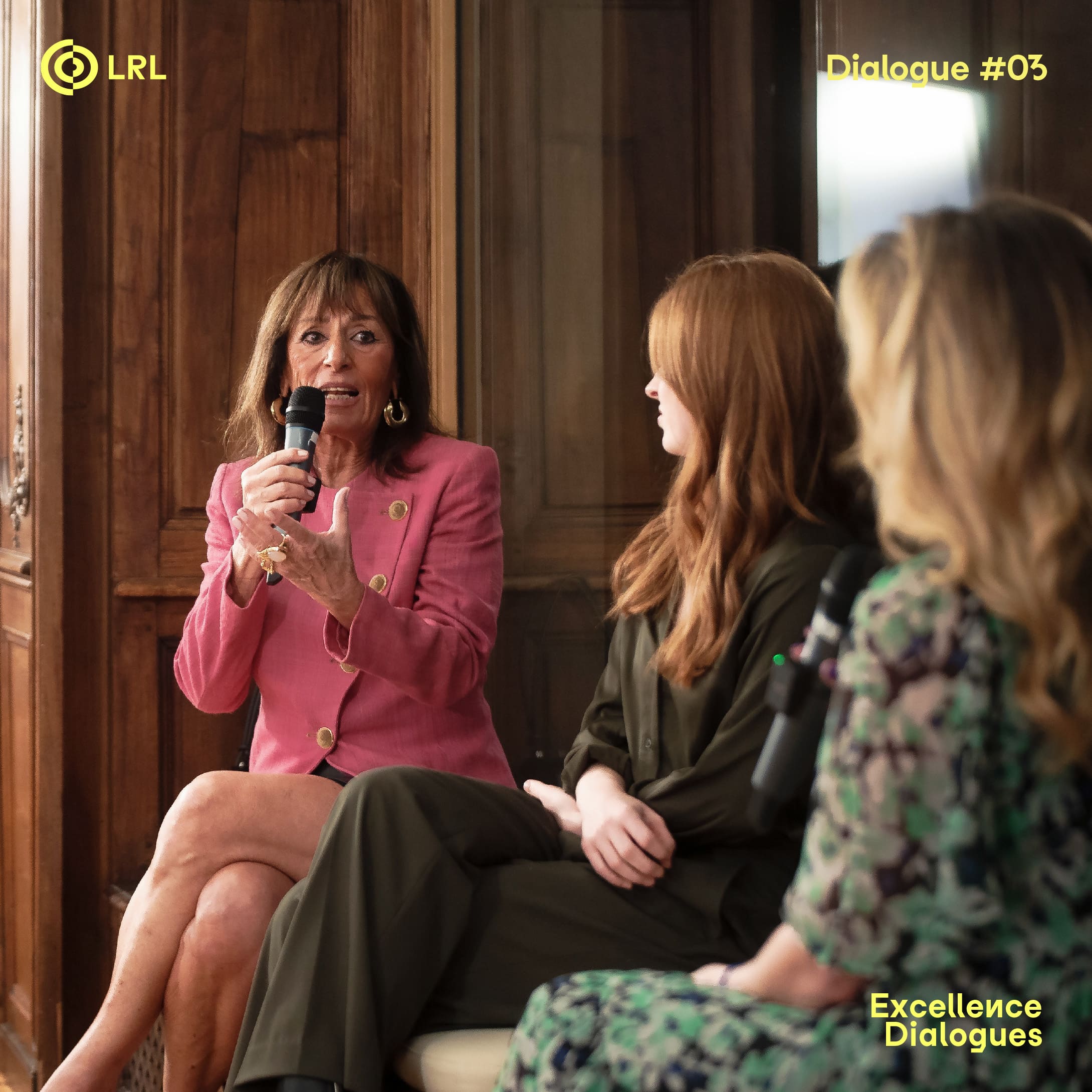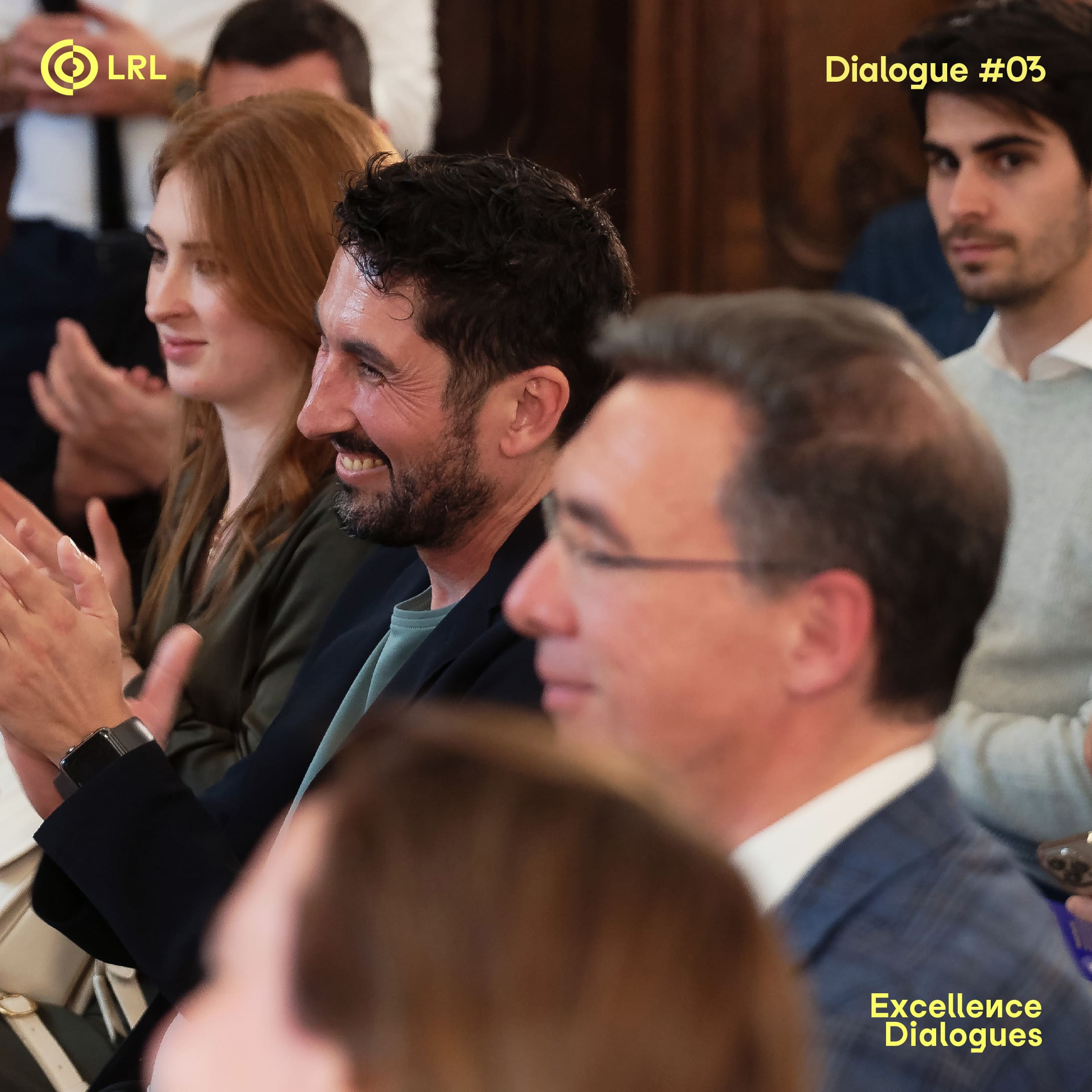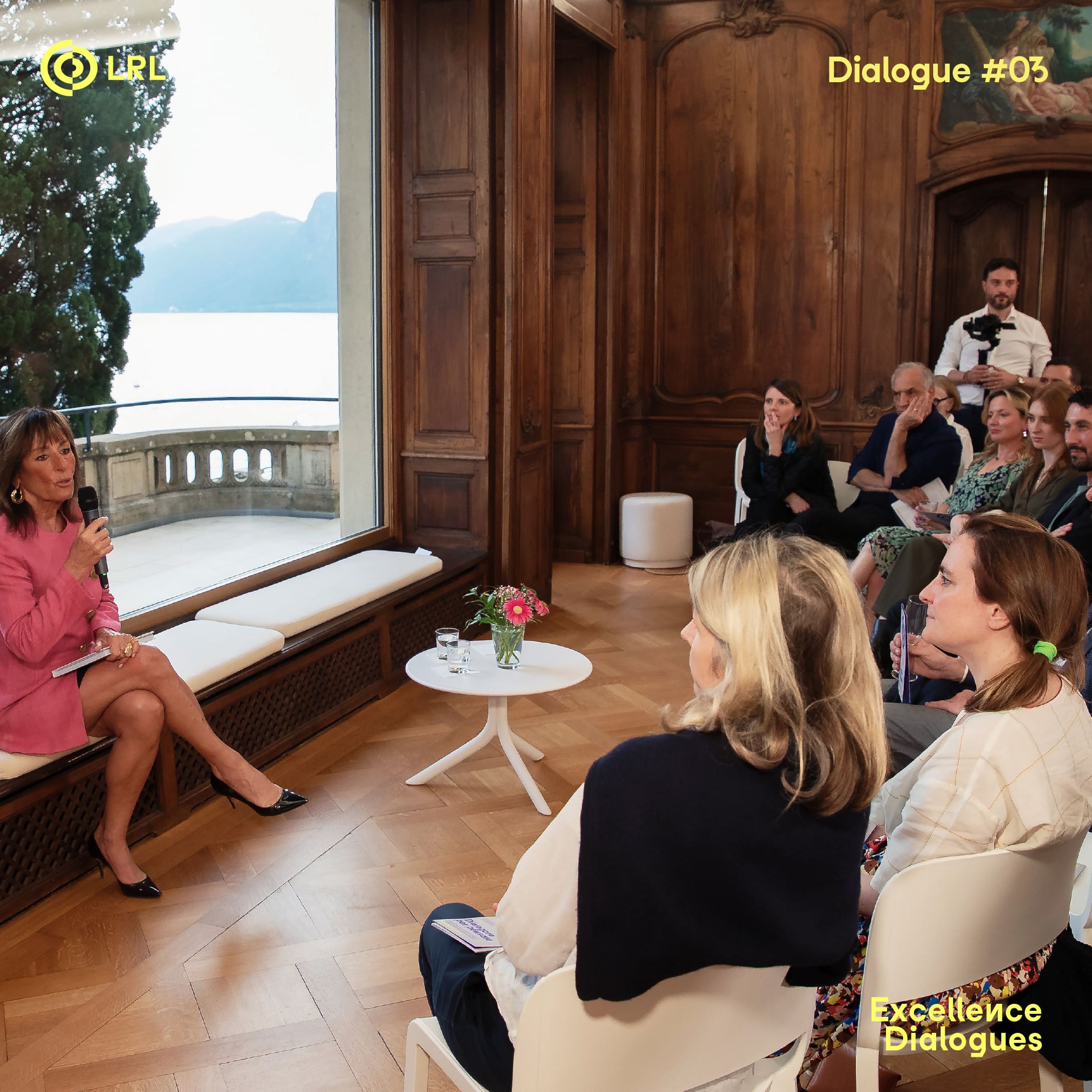DESIGN
Dialogue #03
BALLET
WHEN
8th April 2024
WHERE
Villa Heleneum Lugano
WHO
Letizia Caruzzo and Amanda Rose Hall
DESIGN guest

LETIZIA CARUZZO
Letizia was born in Rome and today lives and works in Milan. For twenty years she was teaching at the School of Civil Architecture at the Politecnico di Milano, where she led a Laboratory of Interior Architecture. She was involved in the editorial team of the magazine Hinterland, directed by Guido Canella, and published numerous articles and essays on topics relating to modern architecture, in relation to the development of the contemporary city.
Additionally, her research interest is focused on the transformations of the strategic Milanese metropolitan areas. Her work resulted in two books – one on the north-west area of the city, Milan-Bovisa: history, memory, project (Il Libraccio, Milan 2012); and the second on the emerging urban centrality of Scalo Farini: Milan – Scalo Farini (Electa, Milan 2015). Works of Letizia’s professional studio, founded together with Mauro Fabbro, include hotels, private residences, shops and prestigious showrooms, in particular for the stylist Gianfranco Ferrè.
BALLET guest

AMANDA ROSE HALL
Amanda was born in Miami and began dancing at the age of four. She trained at her mother’s ballet school, Pembroke ballet. Since she started competing at the age of nine, she has won top prizes at International Ballet Competitions such as the ADC prize in 2012 and 2013, Bronze medal at YAGP in 2013, and first place at The World Ballet Competition in 2018 senior category.
Amanda joined the Ballett Magdeburg in 2020 where she danced multiple soloist roles such as, Paquita Pas de Trois, the three vampires from Dracula, and other contemporary works of Gonzalo Galguera. In 2022 she joined Balletto Di Milano and has now danced in over 50 different theatres throughout Italy, France, Spain, Switzerland, Estonia, Finland, Egypt, Morocco, Canada, and the USA. Her repertory with the company includes Carmen, Esmeralda from “Notre Dame de Paris” by Stephen Delattre, Clara and Sugarplum Fairy from The Nutcracker, and multiple contemporary works.
Keynote highlights
Our guests explored the evolution of classical ideals and the interplay between tradition and innovation through the fascinating encounter of architecture and ballet. They discussed how strength, technique, and perseverance contribute to achieving balance, harmony, and rhythm with precision and grace in both disciplines.
Architect Letizia Caruzzo showcased the contextualized examples of contemporary architecture that seamlessly blend tradition and innovation, illustrating architecture as a civil art. From the Amsterdam School to the Rationalism of Berlin and Hamburg, Le Corbusier’s vision of the contemporary metropolis harmonizing with nature, to the rationalists in Spain, the influence of Rogers and the Milan School, and the Indian projects of Louis Kahn, the audience was immersed in a journey through the interplay of rediscovered classicism and new expressive forms.
Letizia proceeded with considerations regarding her own project works on two large areas of Milan, Bovisa and Scalo Farini. These large areas are both significant for the development of the city in a different way.
The themes that unite the two areas are essentially two: the relationship between architecture and nature, that is, between the built landscape and the large open space constituted by the new urban parks, and the role of public buildings, which are envisioned as cornerstones of community life.
For Bovisa it is a large residential crescent – which takes up the site of the railway line – with paths and a square at high altitude overlooking the Gasometer Park, bordered to the south by the buildings for research and culture, also linked to the Polytechnic.
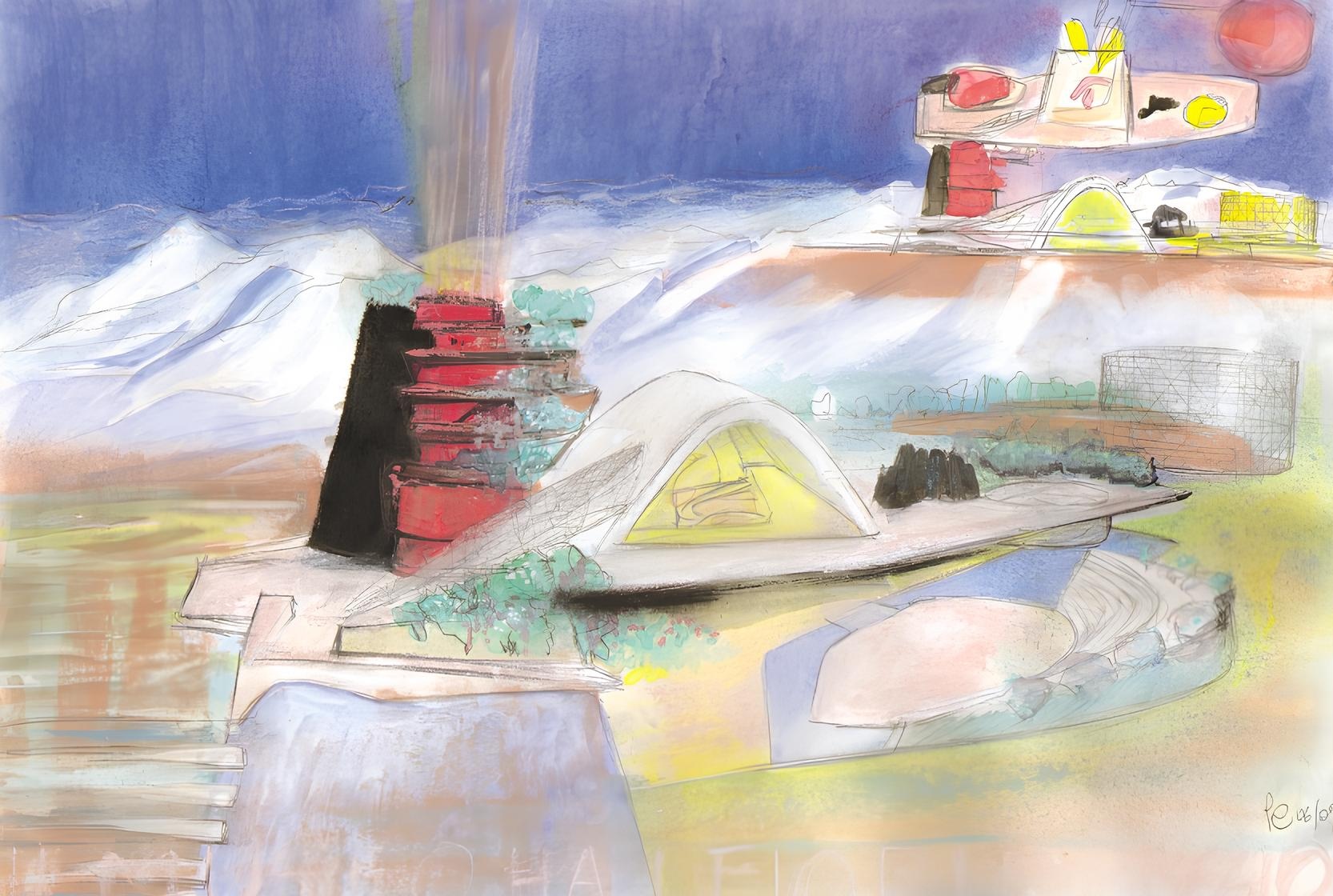
Bovisa, drawing by Letizia Caruzzo
In Scalo Farini the arch described by a long suspended multifunctional building traces the edge of the Park, defines the position of the residential towers with hanging gardens while at the ends it stands on the Philharmonic square – a “landscape building” which can be walked up to the top -, at north west, and on that of the Academy to the south east.
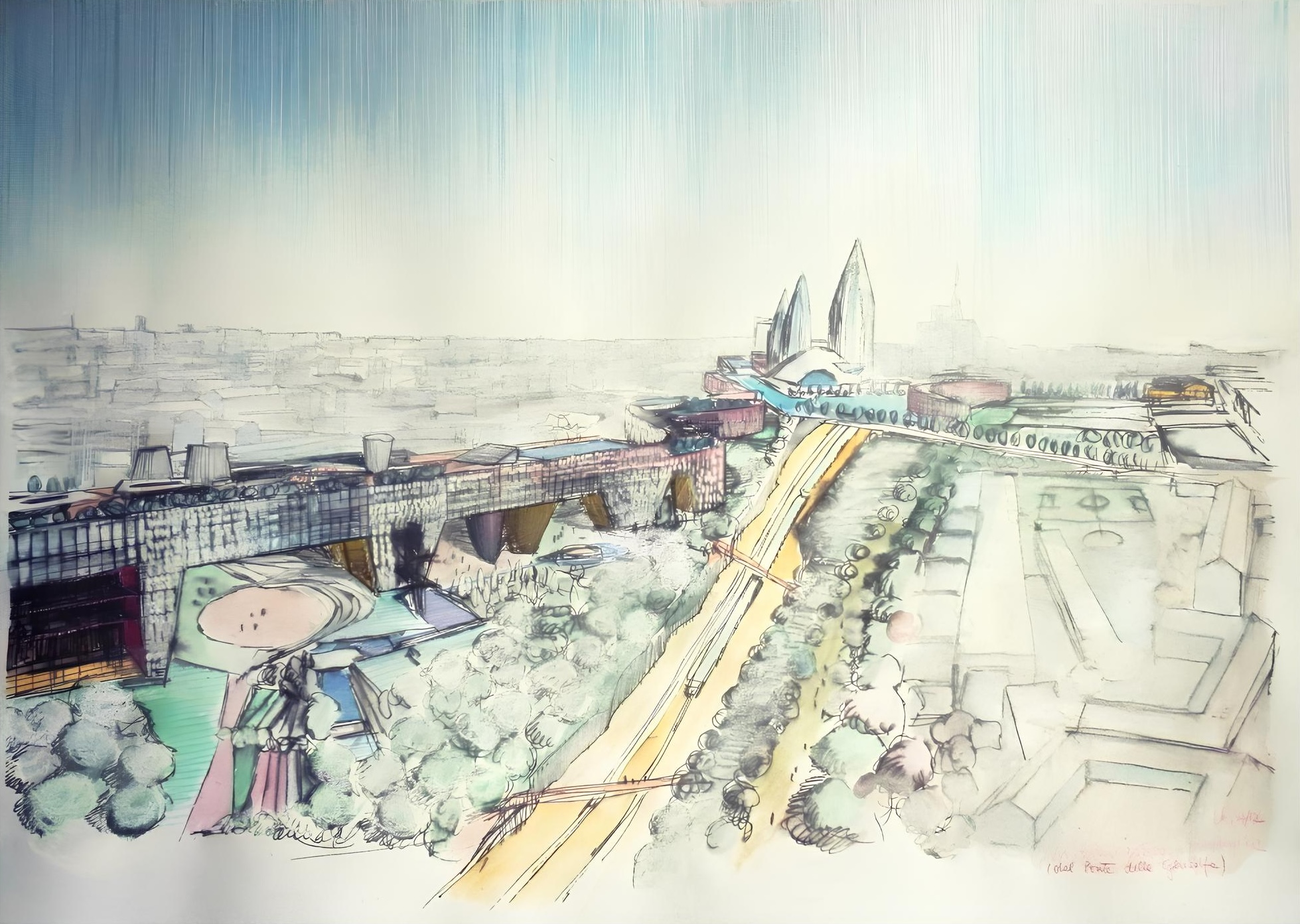
Scalo Farini, drawing by Letizia Caruzzo
These city drawings pursue harmony, the idea of a serene civil life, with recurring parameters, including:
-
the transfigured use of historical forms,
-
the shape of the theater inside and outside the building,
-
the treatment of light and shadow, which must be expertly captured and retained,
-
the concept of the building's practicability, of an architectural promenade,
-
the use of nature as a component of composition to make architecture changeable.
These imagined landscapes conveyed the sense of the harmony sought in the composition, which conquers and spreads the order and measure of the forms. A harmony which, to be a testimony of its time, should include fractures and dissonances.
